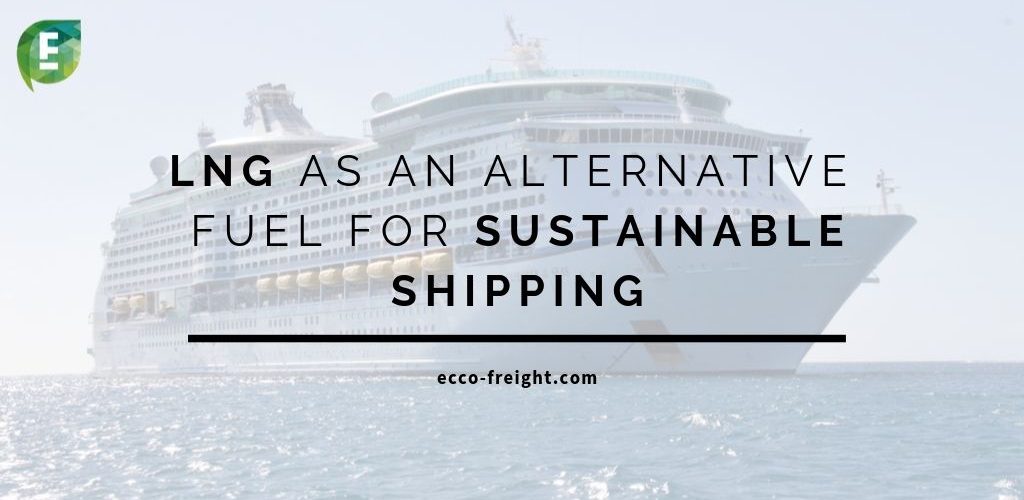With sustainability in the spotlight of the logistics industry and increasing regulations urging different actors in the sector to take measures for decarbonization, alternative fuels such as LNG are beginning to make their way into freight transport.
LNG as a sustainable shipping fuel
LNG or liquefied natural gas has gained special prominence as an alternative fuel in recent years. In 2018 the registration of gas vehicles in Spain increased by 146%, manufactured mainly by companies such as Iveco, Volkswagen and Seat.
But not only road transport is opening up to the use of LNG as a sustainable shipping fuel as it is also gaining strength in maritime transport. With the arrival of the IMO 2020 standard, with which the International Maritime Organization urges the maritime sector to reduce sulphur emissions to 0.5%, compared to the 3.5% previously set, the use of LNG is emerging as a possible solution to meet the new limits.
In 2018, 143 LNG-powered vessels were in service, and the figure is expected to reach 1,000 vessels by 2020. One of the advantages of LNG is that it is a significantly cheaper fuel, however it requires some adjustments in vessels’ engines, which entails a prior investment.
Countries such as the Netherlands, Germany and Belgium already have adapted facilities to promote the use of LNG in maritime transport, and Spanish ports are working to promote its use by enabling LNG refuelling in their facilities. The ports of Barcelona and Bilbao already have the capacity to supply LNG in the ship to ship, pipe to ship, truck to ship and container to ship modalities. A total of 60 bunkering operations were carried out in Spain in 2018.
Pros and cons of LNG
As we have already explained, one of the advantages of LNG over crude oil and oil derivatives lies in its price, which is more than 40% lower. It also makes it possible to reduce emissions by 30% and thus comply with the limits set by the International Maritime Organization.
With regard to the cons, it should be noted that, although its price is lower, the use of LNG entails an investment to adapt vessels’ engines, as mentioned in previous paragraphs. Furthermore, its use isn’t fully extended yet, and only some ports have adapted facilities, which can make its implementation difficult. Moreover, it is necessary to pay attention to the LNG combustion process, as it contains a high percentage of methane which, if not burned properly before being released into the atmosphere, can have adverse effects on the environment.
In conclusion, taking into account the pros and cons, it is clear that liquefied natural gas continues to enter the sector as a strong alternative to improve the sustainability of freight transport.






